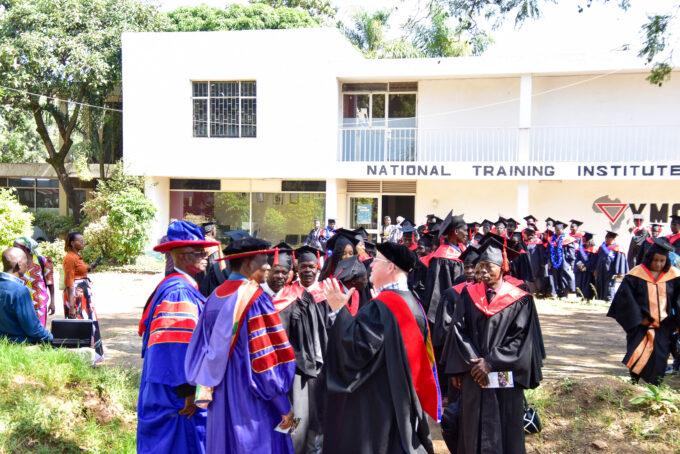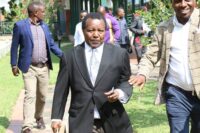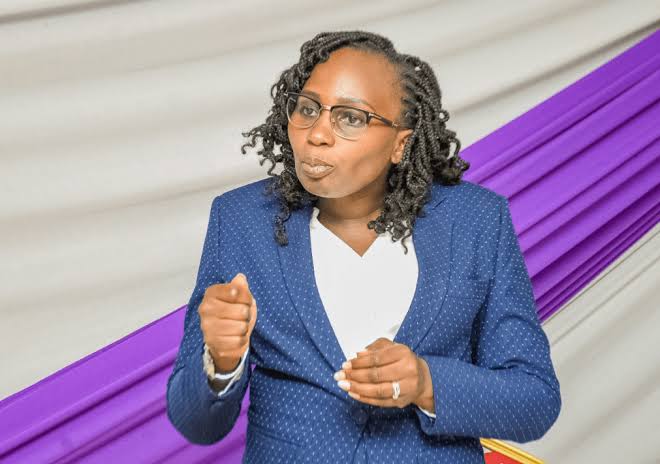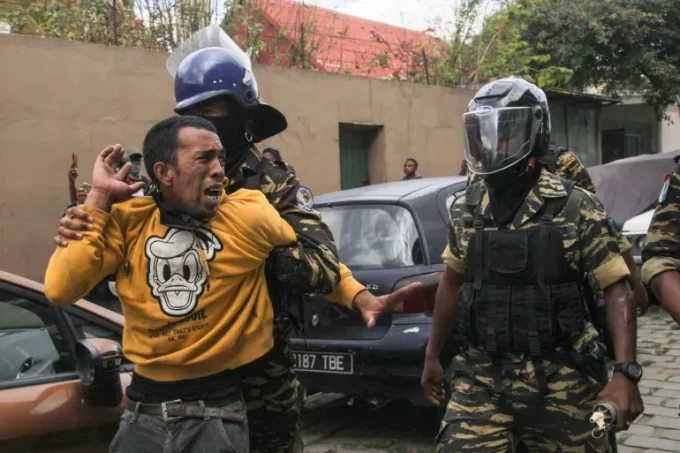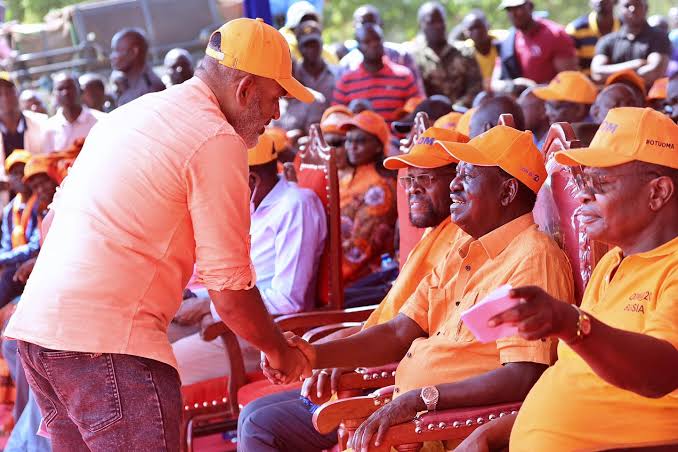A disturbing incident that has occurred outside the Directorate of Criminal Investigations (DCI) headquarters in Nairobi, Kenya, highlighted the fragility of press freedom in the country. Citizen TV journalist Agnes Oloo was allegedly assaulted by a DCI officer while covering the summoning of Kiambu Senator Karungo Thang’wa.
Senator Thang’wa had been summoned to address allegations surrounding a recent funeral disruption attended by Deputy President Rigathi Gachagua. The event, already steeped in political tension, took a dramatic turn when Oloo was confronted by a man believed to be a DCI officer as she prepared to record the senator’s arrival.
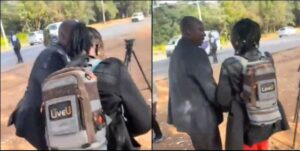
Eyewitnesses reported that the officer demanded Oloo to stop filming and tried to seize her camera. Despite her repeated pleas, the officer persisted, aggressively chasing her away from the scene. The entire incident was captured on video and quickly went viral on social media after being shared by Oloo’s colleague, Ayub Abdikadir.
“This outright harassment, intimidation, and obstruction of journalists by @DCI_Kenya should be condemned and denounced,” Abdikadir wrote on X (formerly Twitter). The video drew widespread condemnation from media professionals and the public alike, many of whom expressed shock and outrage at the officer’s behavior.
The Inspector General of Police, Douglas Kanja, responded to the incident by issuing an apology to Oloo. In his statement, Kanja acknowledged that some officers may act overzealously and assured Kenyans that the matter would be investigated. However, public skepticism remains high, with many questioning whether meaningful disciplinary action will follow.

The Crime Journalists Association of Kenya (CJAK) strongly condemned the assault, describing it as a direct attack on press freedom and a worrying indicator of growing hostility toward journalists. In their statement, the association noted that incidents of harassment and intimidation against reporters undermine democracy and the public’s right to information.
Kenya has seen a troubling rise in violence against journalists in recent months, with media workers increasingly becoming targets of harassment while covering political events. In June 2024, for instance, K24 journalist Catherine Wanjeri Kariuki was shot during anti-government protests in Nakuru County, while several other reporters were assaulted by police.
According to the Media Council of Kenya, dozens of journalists have faced obstruction, intimidation, and physical assault from law enforcement in the course of their duties this year. Such incidents have cast a dark shadow over Kenya’s commitment to press freedom, prompting calls for reforms within law enforcement agencies to protect journalists from further harm.
Advocacy groups have urged authorities to address the systemic issues enabling such misconduct. They argue that protecting journalists is essential for safeguarding democracy, as a free press serves as the public’s watchdog, holding those in power accountable. Activists are also pushing for better training for police officers on how to handle media personnel during high-pressure situations.
For journalists like Oloo, the risks of reporting on sensitive issues in Kenya are becoming increasingly apparent. Despite the apology from the Inspector General of Police, the assault has left many in the journalism fraternity questioning the safety of their profession and the government’s commitment to protecting their rights.
As the dust settles on this latest incident, the focus turns to whether tangible action will follow the public outcry. Many believe that failing to hold the responsible officer accountable will embolden further attacks on the press, eroding the freedoms enshrined in Kenya’s Constitution.
The assault on Agnes Oloo serves as a reminder of the challenges faced by journalists in Kenya. It underscores the urgent need for authorities to prioritize press safety, not only to uphold democratic principles but also to ensure that journalists can perform their duties without fear of violence or intimidation.




